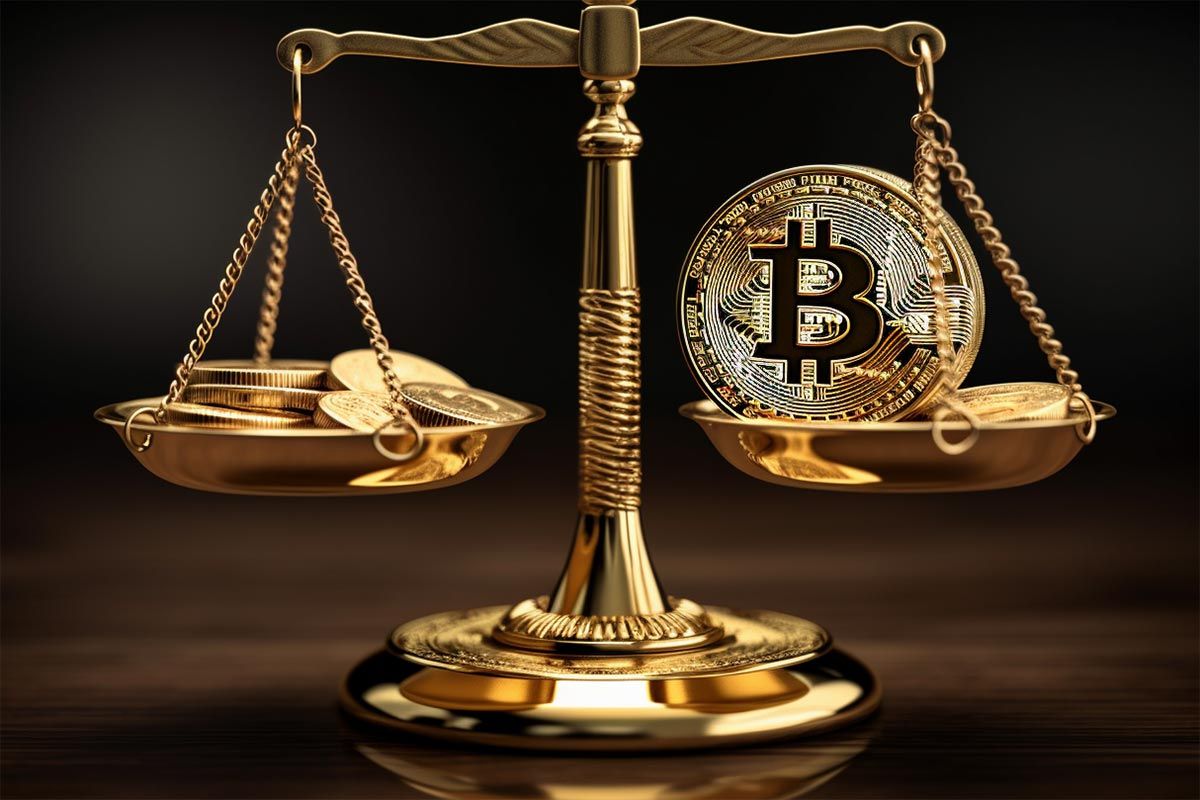
Financial Innovations in the Shadow of the Digital Euro: Commercial Bank Money Token (CBMT) and Stablecoins
#HornAndCompany # Blockspace #DigitalAssets #Stablecoins
In our highly digitalized world, which permeates nearly all sectors of the economy, financial markets are constantly under pressure to adapt. The efforts of the European Central Bank (ECB) to introduce a digital euro underscore the growing significance of digital currencies and raise the question of how traditional financial intermediaries can thrive in this new era. For those interested in learning more about the digital euro, they should take a look at our publication on “Retail CBDC” and “Wholesale CBDC“.
In this article, we direct our attention to two digital financial instruments that, together with the digital euro, have the potential to significantly transform the German financial landscape: Commercial Bank Money Token (CBMT) and Stablecoins.
Commercial Bank Money Token – Bridging the Gap between Tradition and Innovation:
Essentially, book money initially represents nothing more than the familiar customer deposit at a bank, which is digitally represented through tokenization. The CBMT serves as a digital means of payment that can seamlessly interact with the established book money system. Convertibility and fungibility play a crucial role here. Each token should be freely exchangeable with central bank money and traditional book money (convertibility), while its value remains constant regardless of the issuing bank and can also be exchanged for book money tokens from other banks (fungibility). This connection between proven financial principles and modern technology paves the way for digital transformation. Applications range from automated machine-to-machine payments to anonymized transactions, always with a focus on security and value stability.
According to a report by the “Die Deutschen Kreditwirtschaft” from 2021, there are fundamentally three possible options for ensuring the convertibility and fungibility of CBMT: [1]
- Stablecoin: A token that is fully backed by central bank reserves
- Special Purpose Vehicle (SPV): A token is recorded as a liability on the SPV’s balance sheet and is issued to banks in exchange for collateral
- Commercial Bank Money Token: A token is directly recorded as a liability on the bank’s balance sheet
While the last two points are primarily of a legal nature, in this blog post, we will take a closer look at the stablecoin option, providing a brief glimpse into the world of “stable currencies.”
Stablecoins – Stability in the Cryptocurrency World:
Stablecoins are essentially a response to the high volatility of many cryptocurrencies. They are intended to ensure value stability by being linked to external reference values, with their value redeemable at any time. There are three main types of stablecoins:
- Fiat-backed Stablecoins: These are tied to the value of a fiat currency such as the US Dollar or Euro. An example is the PayPal USD Token, which mirrors the US Dollar on a 1:1 basis, with each token backed by an equivalent reserve of US Dollars. [2]
- Crypto-backed Stablecoins: These are linked to the value of other cryptocurrencies. An example is DAI, whose value is stabilized through collateral in the form of Ethereum tokens (ETH). [3]
- Algorithmic Stablecoins: These use smart contracts to regulate the money supply and maintain a constant value. A well-known example is Basis Cash (BAC), which stabilizes its price at one US Dollar by generating BAC tokens or issuing bonds. [4]
The Collapse of TerraUSD: A Turning Point
In May 2022, a highly notable event occurred in the cryptocurrency world: the collapse of the algorithmic stablecoin “TerraUSD,” which was based on the cryptocurrency “Luna.” TerraUSD always promised a fixed value of one US Dollar, represented by the cryptocurrency Luna. The system allowed users to exchange TerraUSD for Luna at a 1:1 ratio (“burn”) and, conversely, convert Luna into TerraUSD (“mine”). This mechanism was intended to ensure price stability and provide investors with the opportunity to profit from price fluctuations. When the value of Luna exceeded one Dollar, investors could exchange Luna for TerraUSD and then sell it for profit on various cryptocurrency exchanges (Coinbase, Binance, etc.). The reverse process applied when the price fell below one Dollar.
This mechanism kept the TerraUSD price stable for a long time. However, in May 2022, the TerraUSD system became the target of a coordinated attack following an interest rate hike by the Federal Reserve (FED). [5] When the value of TerraUSD fell below one US Dollar, investors began converting their TerraUSD holdings into Luna. This, however, led to a vicious cycle as the selling pressure on Luna also pushed down its value. Within a matter of days, this downward spiral resulted in a loss of 60 billion dollars in market capitalization and ultimately led to the collapse of the entire Terra ecosystem.
Outlook
Stablecoins play a significant role in the world of cryptocurrencies by enabling investors and users to benefit from blockchain technology without being exposed to the strong price fluctuations that characterize many cryptocurrencies. This stability makes them attractive for various use cases, including international remittances, digital payments, and as a store of value.
A key feature of stablecoins is their peg to a stable asset, such as a traditional fiat currency (US Dollar, Euro, etc.) or even commodities like gold. This ensures that the value of the stablecoin remains relatively constant. This is particularly important for the mass market as it allows users to conduct transactions and hold assets without the worry of sudden value loss.
In the European context, stablecoins backed by central bank reserves could find societal acceptance rapidly. If a commercial bank money token is issued using fiat-backed stablecoins, it could create a seamless bridge between digital and traditional financial systems.
The detailed implementation of such a system and the potential it holds for our local banks will be discussed in our next blog post.
DO YOU HAVE SPECIFIC QUESTIONS ABOUT STABLECOINS OR THE DIGITAL EURO?
Our experts at Horn & Company are available to discuss the implications for your business model personally. Contact us today to explore your opportunities in the digital assets environment.


